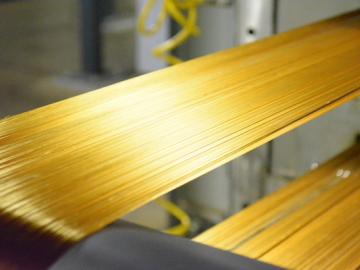
Carter to lead Fusion Energy Division at Oak Ridge National Laboratory






Oak Ridge National Laboratory's Jaguar, the nation's most powerful computer, is now connected to the Advanced Networking Initiative network, which allows users to move vast quantities of data in areas such as energy assurance, climate simulation and basic sciences.





